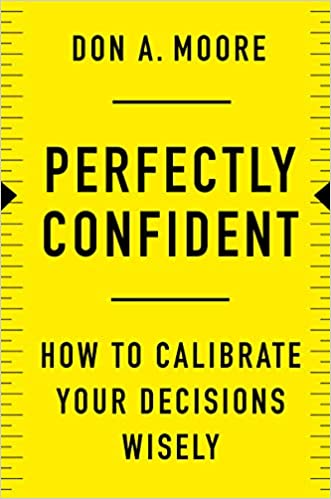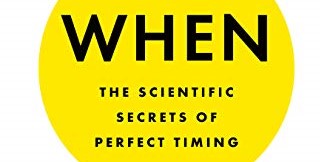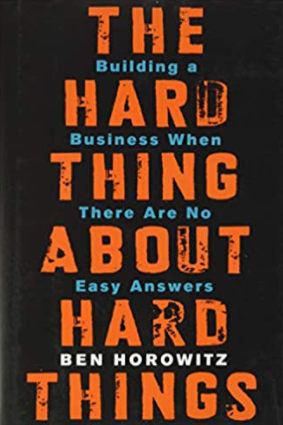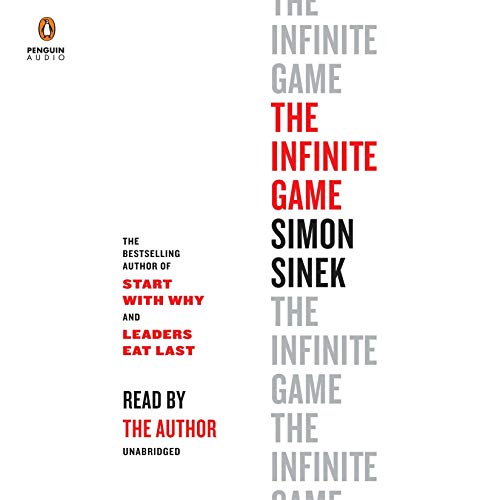Perfectly Confident: How to Calibrate Decisions Wisely

To help make better decisions, I just finished Perfectly Confident: How to Calibrate Decisions Wisely. The author notes:
- Overconfidence makes for bad decisions. We rarely have all the information required to make a call, so we rely on our gut. Using intuition leads to mistakes. Instead of using confidence for decisions, use it to get the wheels in motion on an action or outcome. For example, if I think I’m a good writer and want to launch a book, use that confidence to write the first chapter and move on from there.
- Underconfidence creates self-limiting beliefs. We forget others struggle. We misjudge the time and attention others use to accomplish a goal. For example, if learning a new language in a class setting, I may think I’m not as good as another student even though she’s just returned from a year language immersion program in another country. Another source of being underconfident is doing something infrequently. Try backing a boat into a landing every ten years versus someone who does it every day. Frequency builds skill and confidence.
- We all have feelings of vulnerability or not being “as good as.” In Perfectly Confident, the author shares that John Steinbeck said, “I’m not a writer. I’ve been fooling myself and other people.” As a not prolific writer myself, wow.
- So, how do we make better decisions? Make forecasts that outline the range of outcomes with assumptions, not the exact answer. Forecasts make better decisions. For example, if you’re estimating a project completion date, and it should take two months. Make a better decision by asking, “What’s the probability it’s finished six weeks, two months, or three months and why?” Thinking this way makes us consider multiple possibilities and assumptions instead of a single set of beliefs for the two-month target.
- Think “which” not “whether.” In Perfectly Confident, the author shares a study where participants chose to buy a movie or not. Next, they asked a separate group of participants who would rather have a film or the cash to buy the film. 75% presented with the choice of “whether” to buy the film. A little over half chose the movie when presented with which.
- Tied to the above, not in the book, I look for “and” solutions instead of “or” solutions. For example, if I’d like to exercise and want to spend time with my son, an option is to go for a run with my son.
- Be aware of bias. Curb bias by involving others in decisions. Keep in mind a crowd is typically better at deciding than a single expert. When asking for opinions, get insight from people who don’t hold your exact argument; otherwise, you are doubling down on your preference.
- Be confident yet know when you don’t know. Research shows that being sure increases credibility, but if results don’t back that confidence and credibility, others will quickly fall away. Also, being vulnerable and saying we’re not 100% certain of our decision creates authenticity and trust—balance confidence and vulnerability.
- As a leader, be clear on standards and open-minded to new information. Clear performance standards reduce bias. When we’re open to others’ insights, we make better decisions.



